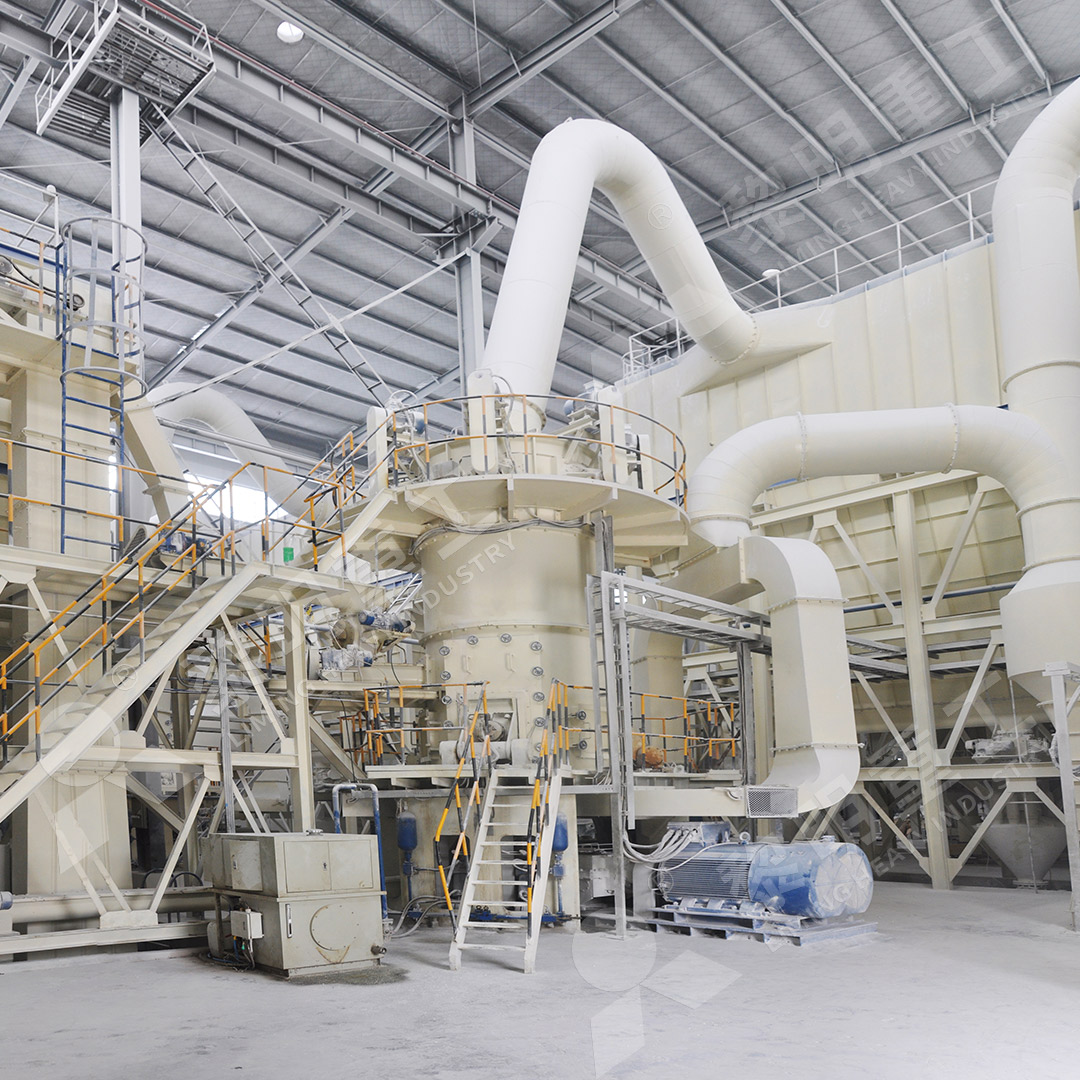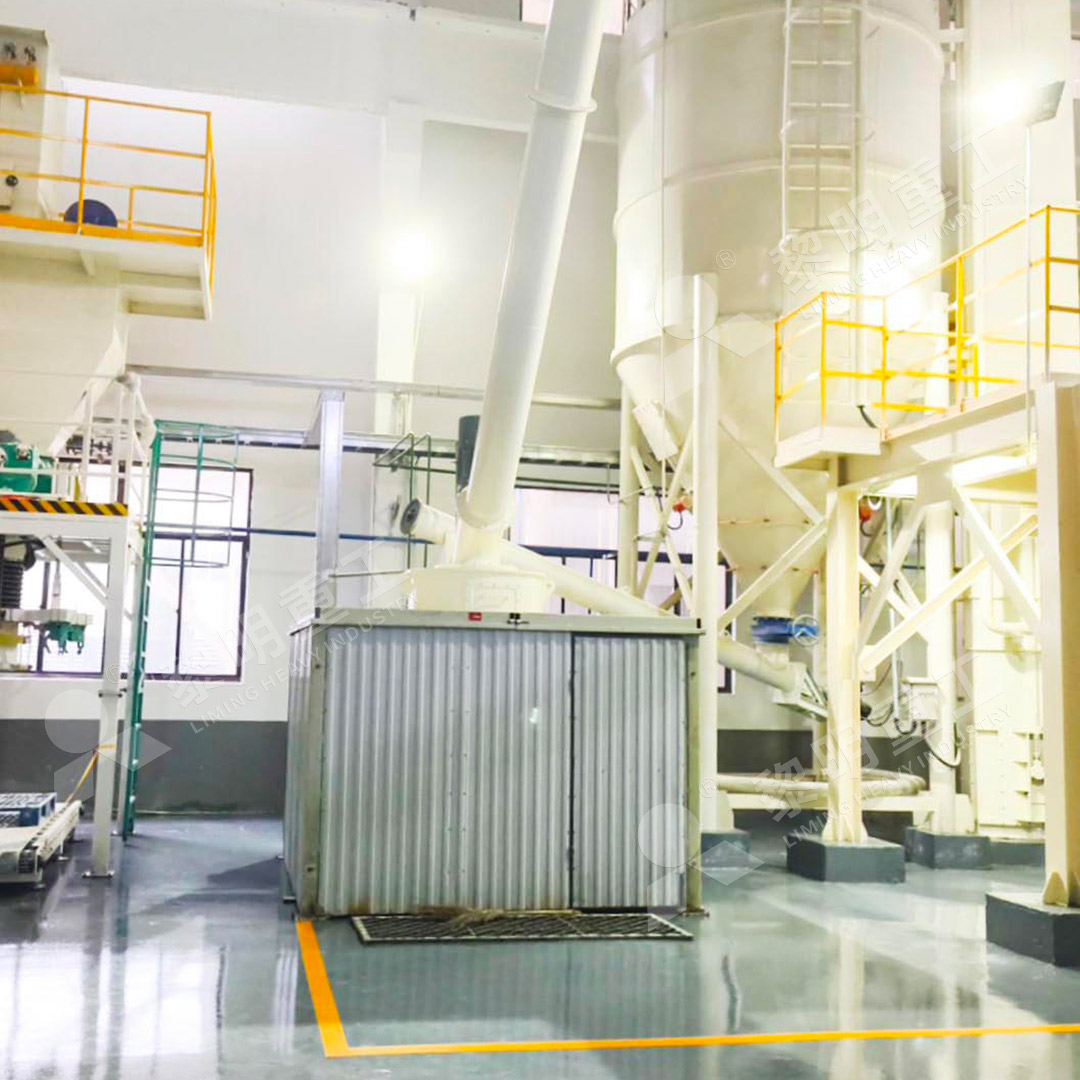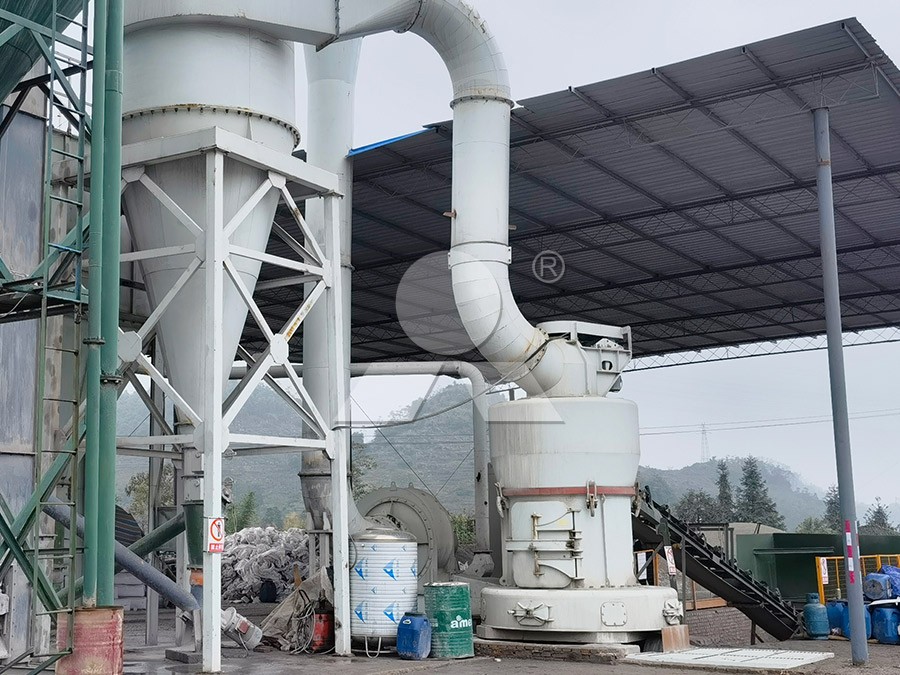Control Parameters of Vertical Roller Mill for Optimized Grinding Operation
Control Parameters of Vertical Roller Mill for Optimized Grinding Operation
Vertical Roller Mills (VRMs) are a cornerstone of modern industrial grinding operations, offering superior efficiency and control compared to traditional ball mills. The optimization of a VRM’s performance hinges on the precise management of several key control parameters. Understanding and adjusting these factors is crucial for achieving desired product fineness, maximizing throughput, and minimizing energy consumption.
Key Control Parameters
The primary variables that operators must monitor and adjust include:
- Grinding Pressure: The hydraulic pressure applied to the grinding rollers is paramount. Higher pressure increases the grinding force, leading to finer product but also higher energy consumption and wear. Finding the optimal pressure for the specific material is essential.
- Mill Feed Rate: A consistent and controlled feed rate is vital for maintaining a stable grinding bed. Fluctuations can cause vibration, reduced efficiency, and product quality issues. The feed rate must be balanced with the mill’s power draw.
- Classifier Speed: The rotational speed of the internal classifier directly determines the product fineness. A higher speed allows only the finest particles to pass, while a lower speed results in a coarser product with a higher mill throughput.
- Air Flow Rate: The airflow through the mill serves two purposes: transporting the ground material to the classifier and removing heat. Insufficient airflow can lead to material settling and high temperatures, while excessive airflow wastes energy.
- Grinding Table Speed: The speed of the rotating table affects the retention time of material under the rollers and the shear forces applied, influencing both throughput and fineness.

Advanced Solutions for Optimal Control
Modern mills incorporate sophisticated control systems that interlink these parameters, often using PLCs (Programmable Logic Controllers) to maintain equilibrium. For operations requiring ultra-fine powders with precise particle size distribution, selecting the right equipment is the first step toward optimization.
Our MW Ultrafine Grinding Mill is engineered specifically for these demanding applications. Designed for customers who need to make ultra-fine powder between 325-2500 meshes, it addresses many control challenges inherently. Its cage-type powder selector, adopting German technologies, allows for incredibly precise fineness adjustment and high sieving rates, achieving d97≤5μm in a single pass. Furthermore, its unique design eliminates rolling bearings and screws in the grinding chamber, drastically reducing maintenance concerns and potential points of failure that can disrupt process stability. The integration of an efficient pulse dust collector ensures the operation is not only efficient but also eco-friendly.

Integration and Process Stability
Beyond individual parameter control, the synergy between the mill and its auxiliary systems is critical. A well-designed process will have the mill, feeder, classifier, and dust collection system working in harmony, often regulated by an automated central control system that adjusts parameters in real-time based on feedback loops.
For instance, our LUM Ultrafine Vertical Grinding Mill takes this integration further. It features more energy-saving multi-head powder separating technology and a double position-limiting technology that makes operation remarkably stable, preventing destructive impacts from machine vibration. Its reversible structure also allows for easier and faster maintenance, minimizing downtime and ensuring consistent operational parameters are maintained over time.
Conclusion
Mastering the control parameters of a Vertical Roller Mill is a continuous process of measurement, adjustment, and optimization. By leveraging advanced mill designs like our MW and LUM series, which are built with stability, precision, and control in mind, operations can achieve new levels of productivity and product quality while significantly lowering their energy and maintenance costs. The path to optimized grinding is a combination of the right technology and a deep understanding of the process variables at play.

